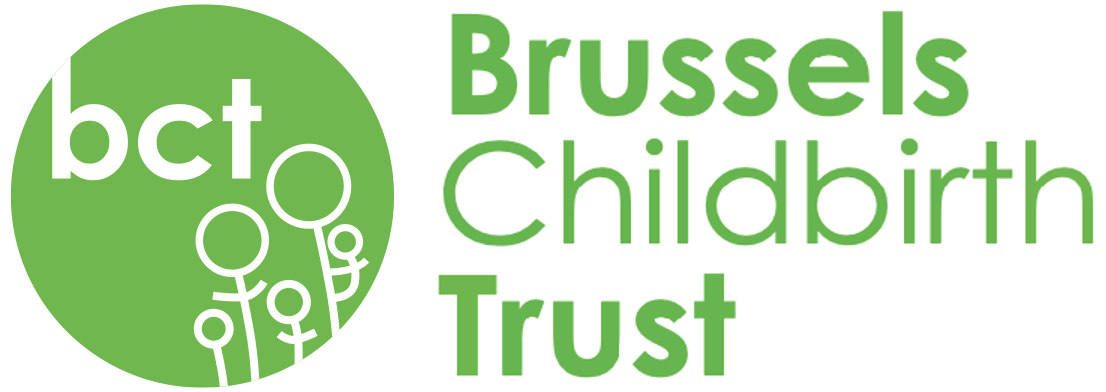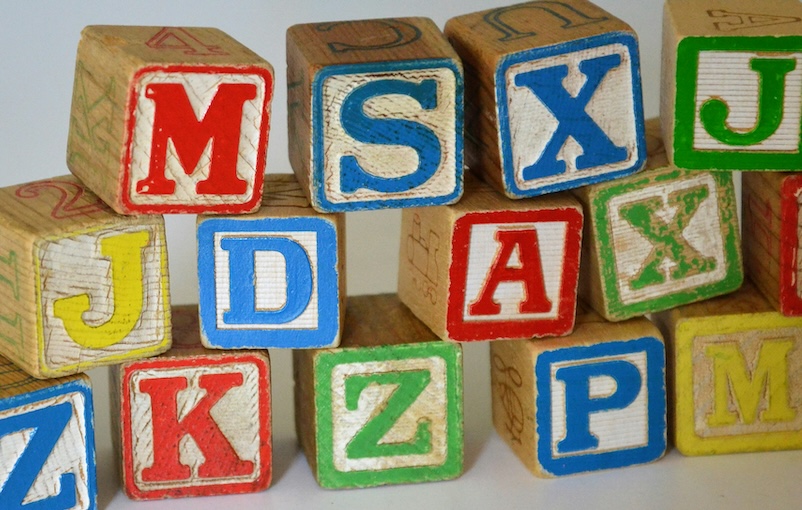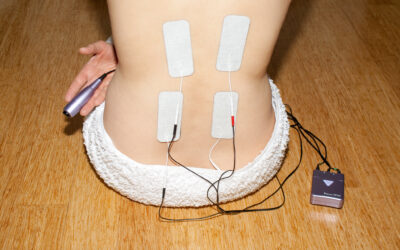What do Einstein, Da Vinci, Picasso, Stephen Hawking, George Washington, Cher, Tom Cruise, Steven Spielberg, Whoopi Goldberg, Caitlyn Jenner and Orlando Bloom have in common?
Dyslexia – the most common learning disability which could affect up to 20% of the population, according to the Yale Centre for Research and Creativity, although other estimates are more conservative.
A genetic difference, dyslexia causes people to process information and learn differently. Primarily it affects the skills involved in accurate and fluent reading and spelling and it can occur across a range of intellectual abilities; there are differing levels of severity.
Categories of dyslexia are debated but, broadly speaking, visual dyslexia relates to a difficulty with processing words visually and phonological dyslexia with decoding the sound/symbol code of language. Some children have both types.
Dyslexic Advantage?
Increasingly there is a view that dyslexia should be reconsidered: a study from Cambridge University found that dyslexia should be redefined as a strength because it is linked to ‘enhanced abilities’ in areas like ‘discovery, invention and curiosity’. The global consultancy EY’s report on ‘The Value of Dyslexia’ states that ‘the workplace competencies that dyslexic individuals may typically find challenging will largely be impacted by forms of automation. In their place, enhanced tasks and new jobs will be created that closely match the strengths of dyslexic thinking’.
Charities such as ‘Dyslexic Advantage’ argue that dyslexia should not be viewed as a problem, instead we should change how we educate.
However, with no newly adapted curriculum, parents need to watch for signs to help get the support a dyslexic child needs.

What people with visual dyslexia may experience.
Signs of Dyslexia
Early signs of dyslexia in the pre-school years (according to NHS UK) include:
- speech delay
- speech problems (such as not being able to pronounce long words and jumbling sounds up – for example hecilopter instead of helicopter)
- having problems using spoken language
- little appreciation of rhyming words
- showing little interest in letters
It is quite common for an individual with dyslexia to have co-occurring conditions.
Support in the Early Years
The British Dyslexia Association notes: ‘There is a large body of research linking speech and language difficulties in early childhood to later literacy problems’. They recommend dealing with speech and language problems as early as possible ‘as much can be done before a child starts school to develop their language skills’. In turn this supports reading development.
Parents of children with language problems should talk to a (neuro-)paediatrician who might diagnose sessions with a logopède (a speech therapist). Following their assessment, it is normally possible to obtain reimbursement for a number of oral speech therapy sessions over a 2-year period.
Diagnosis
State schools in Brussels are governed by the Flemish or French communities which have responsibility for educational policy. In both, the process for diagnosing dyslexia is similar: it is normally first picked up between ages 6 – 8, typically when a child starts to learn to read and write.
In French community schools logopèdes also diagnose dyslexia and need to have followed a child for one school year first. A child often does not have a diagnosis until the end of Year 2 Primary, which can equate to nearly 2 years of lack of support at school.
Normally the school’s PMS (Psycho-Medical-Social Centre) or CLB (Centruum voor leerlingenbegeleiding) plays a role and acts as a liaison with the school to support the child. Each French-speaking primary school has a PMS team linked to it. Julie James, former BCT member and a Brussels-based mother of two children with dyslexia, describes her children’s school’s PMS as ‘amazing’.
Remediation
Remediation refers to the techniques used to create neural pathways for reading in a dyslexic children’s brains, similar to those in non-dyslexic children.
For children at French or Flemish community school a logopède can provide remediation support.
One study has shown how an 8-week remediation programme focused on ‘auditory processing and oral language training’ improved dyslexic children’s reading ability. MRI scanning of the children’s brains before and after the programme showed ‘brain activation’ in certain areas ‘closer to that shown in normal reading children’.
Helga Portanier, a special educational needs (SEN) teacher in Brussels, says that the methods used to improve dyslexia need to be evidence-based. They should be ‘phonological (based on phonics), multisensory, structured, explicit, cumulative and sequential’.
The techniques she recommends: dividing words into syllables, tracing words and letters while sounding them out and written exercises contextualising words and letter combinations.
While phonics is important, it is insufficient, children also need systematic practice with prefixes, suffixes and rich, literary texts.
Helga recommends remediation at least three times a week in the language of instruction as well as ‘paired reading’, where the parents read a word when the child is taking a long time, and she cautions against over-correcting to give the child confidence.
Remediation sessions with a logopède can only be reimbursed after a diagnosis of dyslexia has been given (meaning that a parent is out of pocket for some time).
Options for children with Dyslexia – special schools and additional support
In the French and Flemish educational communities, it is possible for a child to be enrolled in a special school but the normal approach, according to CORTEX (Cognitive Resources for Teens Toddlers and Experts), is for them to be educated in a mainstream school with ‘additional support’.
Additional support can involve a specialist school supporting a child. This was Julie James’s experience: a teacher from a specialist school would come and sit with her son twice a week to assist him, usually on the day of the weekly dictation exercise. The specialist teacher negotiated for him to be able to use fewer words and also assisted with his use of technology in the classroom.
Additional support is normally obtained through the diagnosing logopède recommending: ‘reasonable adjustments’. Legally these must be put in place and can include:
- use of technology
- different fonts to assist reading
- special needs expert staff
- special equipment
- additional teaching materials
Schools can apply for funding to help with these costs.
European Schools
Julie-Anne Stennett, an EEB SEN teacher, says that teachers normally flag an issue at Maternelle or Primary level. Parents may be advised to seek a diagnosis from an external educational psychologist or neuro-paediatrician. The recommendations will dictate the level of support offered, which can range from 1 – 5 sessions per week, at school.
Help from technology
There are a wide range of technological opportunities to compensate for dyslexia.
According to Magali Netrval, the Vice President of dyspraxia.lu, the biggest problem is that DYS children fall behind as they cannot focus on the targeted task of each lesson. Instead, they concentrate on the non-automated subtask, in the case of dyslexia, reading or spelling.
| DYSGRAPHIA | DYSLEXIA | |
| Non-automated subtask | Handwriting | Decoding/coding Reading/Spelling |
| Targeted Task | Spelling/punctuation | Understanding |
A dyslexic student may focus up to 80% of their attention on the non-automated subtask compared to a neuro typical student using about 10% of their attention.
Over time ‘the attainment gap widens’, there is an ‘increased risk of dropping out’ and an ‘impact on child mental health’. Magali argues that it’s important to ‘adapt and compensate as early as possible’ with assistive technology.
Assistive technology can be used in the classroom and in exams in both French and Flemish community schools for children with a diagnosis, although in the Flemish community use of technology is permitted, based on the accommodation needs for the diagnosed student.
Magali believes that the iPad is the ‘the Rolls Royce solution for DYS students’.
For parents and children, technology is not necessarily an easy option. Normally they need to buy the technology, such as an iPad, headphones and apps. Parents and child will also need training, either available free from dyspraxie.lu in English and French on the YouTube Channel, or with a fee, in person or online, at the ASBL Coeur à Corps, in Wallonia.
Top Tips
Parents of children with dyslexia and other learning disabilities suggest the following:
- Find something your child loves, it boosts them and makes a task more interesting.
- Praise hard work and try not to criticise.
- Parents should trust their instincts if they think something is wrong. Talk to a teacher, have them explain the problem and then put it to a paediatrician.
- Work with the school, make sure everyone is on the same page which could mean convening meetings or following up with the headteacher by e-mail.
- Get help with homework.
Most importantly please remember you are not alone and when you think of the achievements of just some of the many famous people with dyslexia, then it’s beneficial for everyone to focus on the ‘dyslexia advantage’!
Please contact info@bctbelgium.org if you would like to chat with other parents about Dyslexia or to reactivate our Special Needs group.
By Catherine Boyd
This article was first published in the autumn edition of the BCT’s Small Talk magazine.






